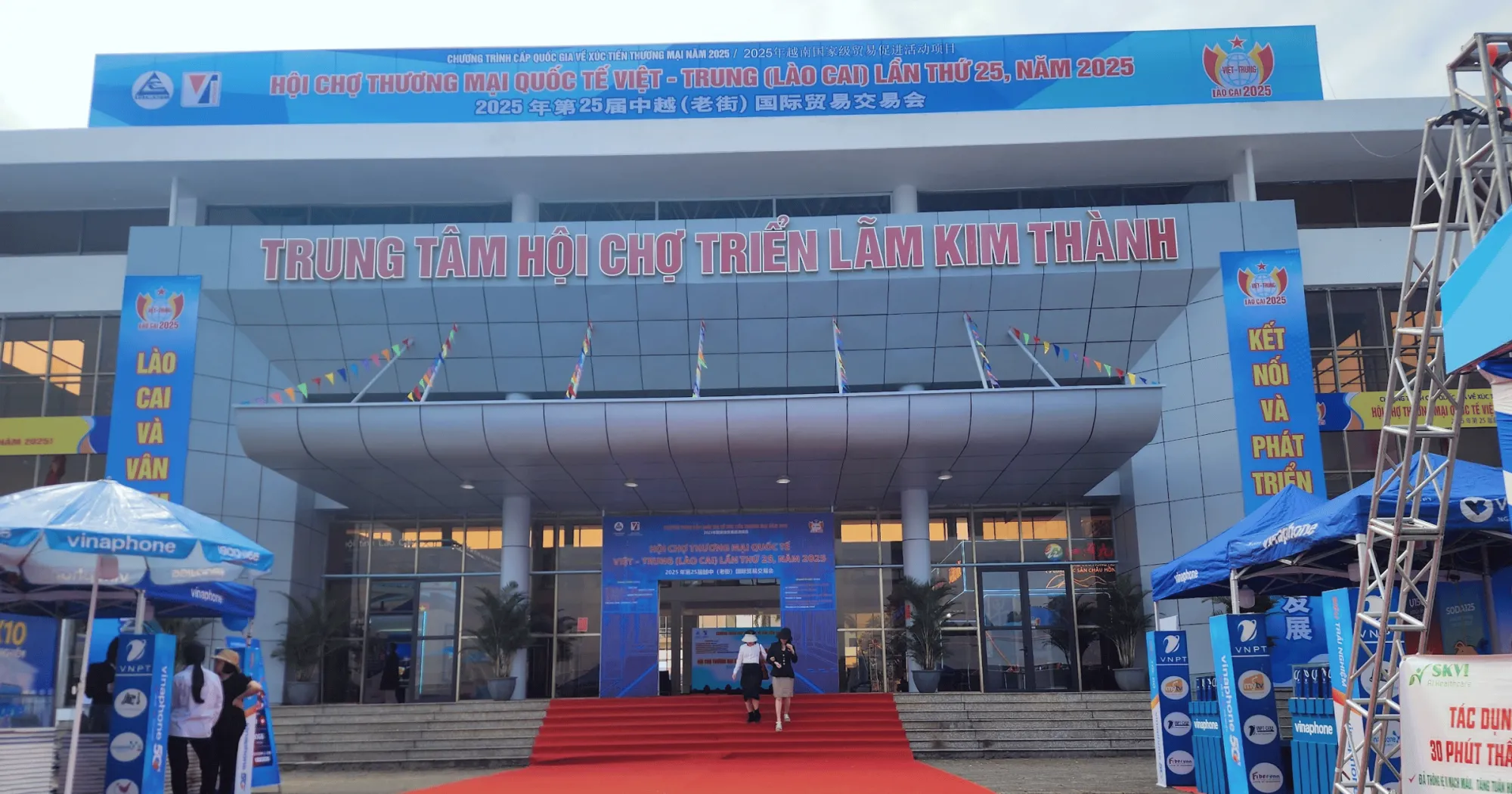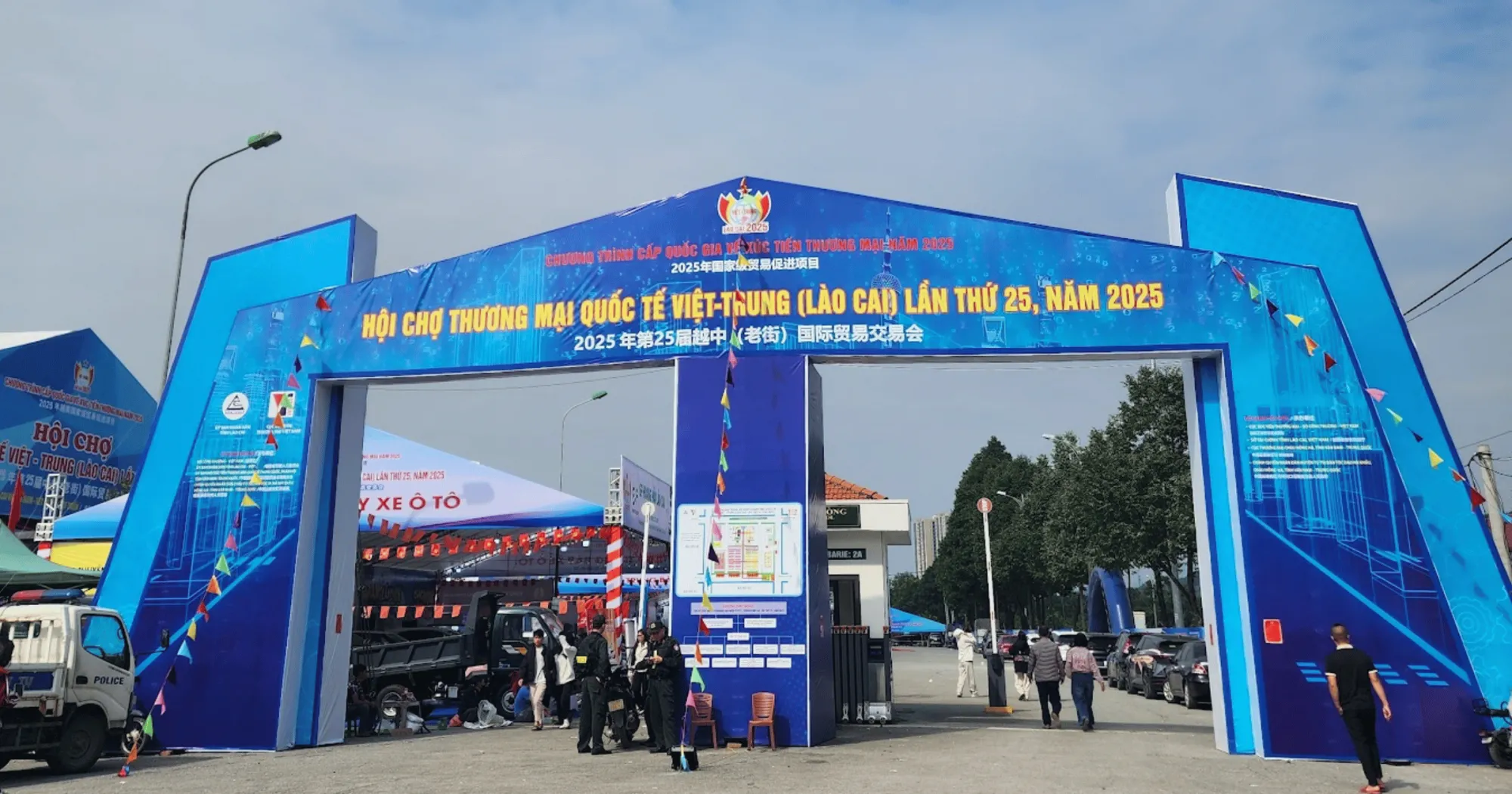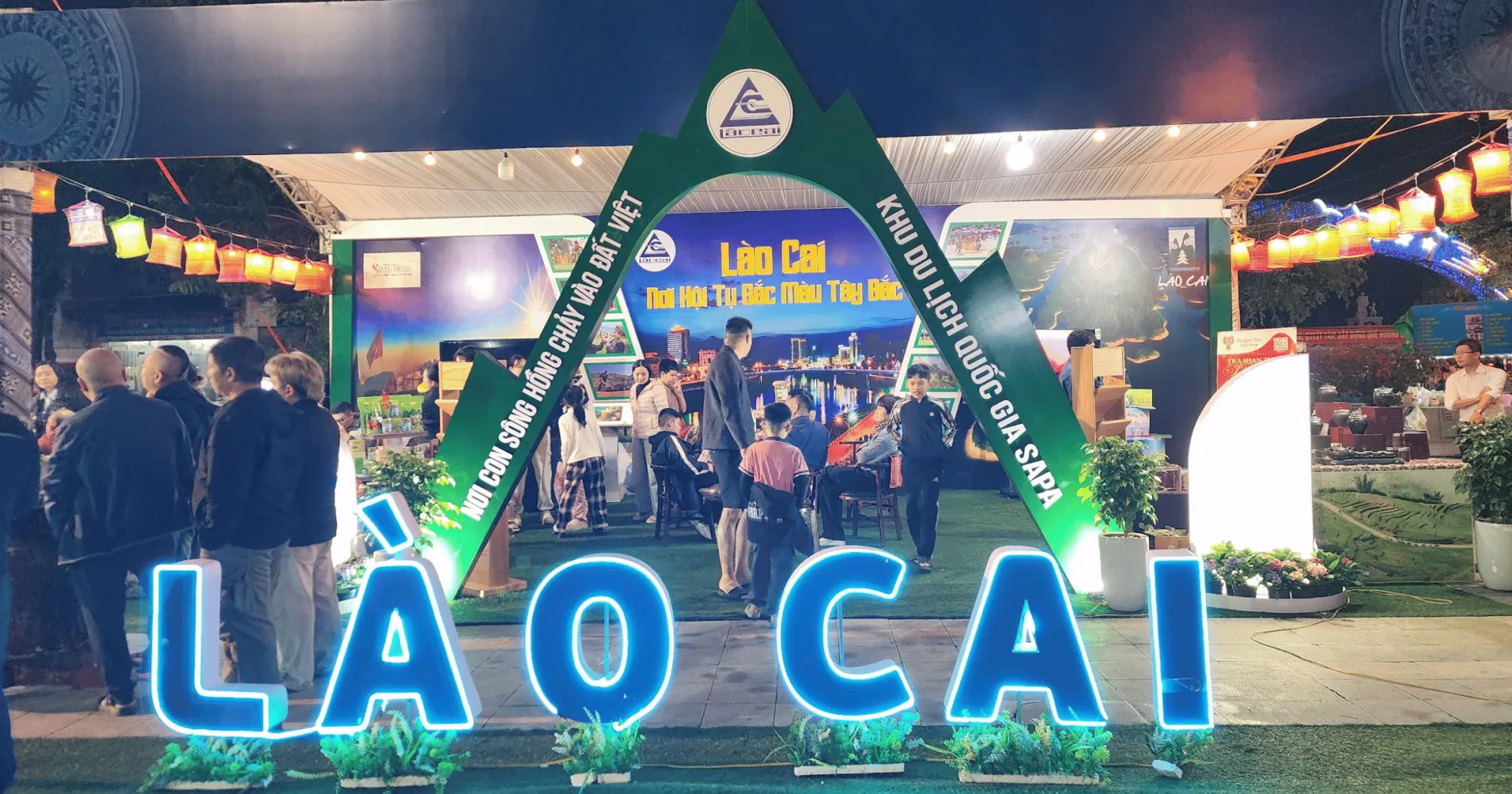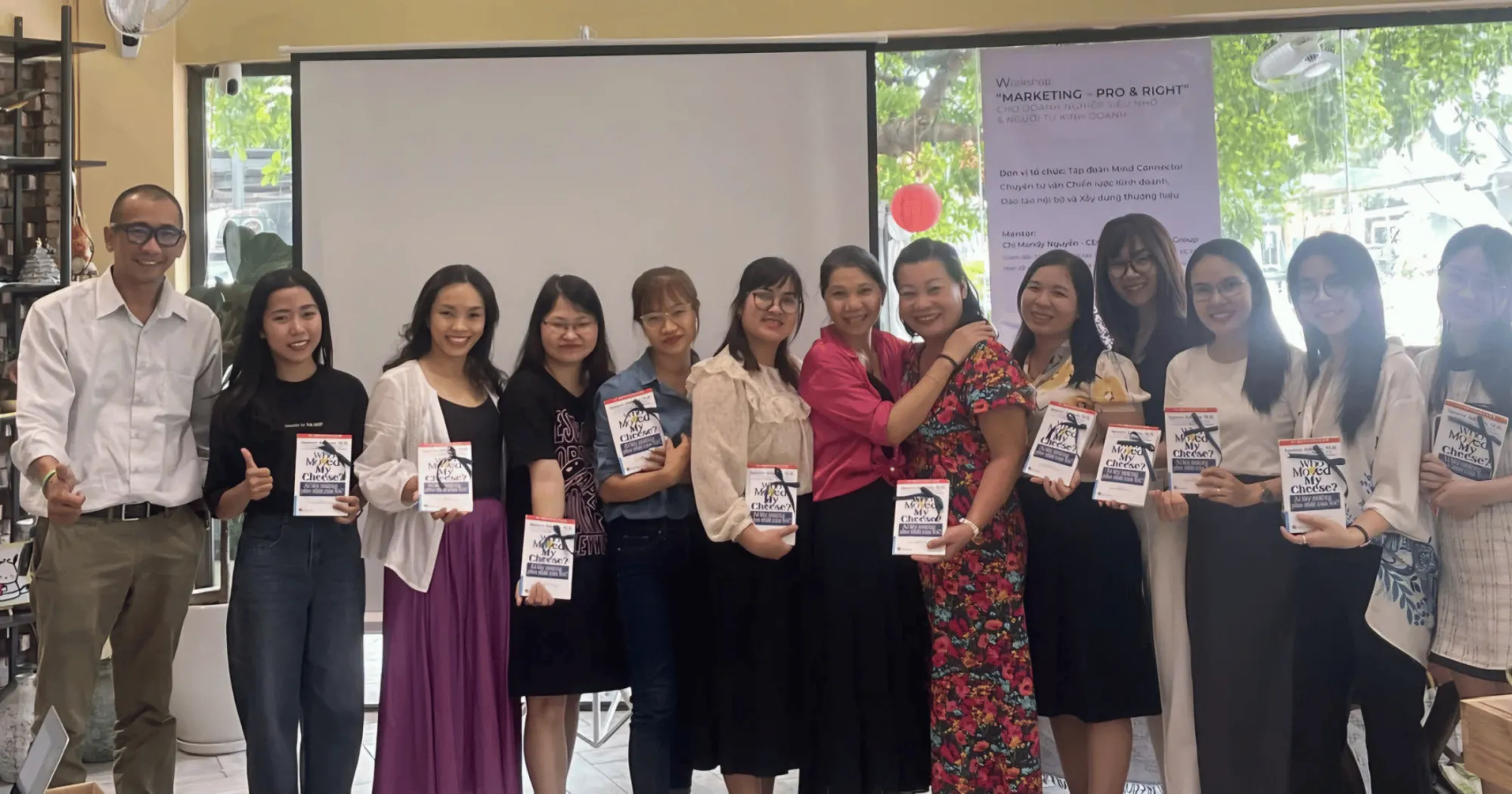Regular OEM orders are still enough to support the company, pay workers, and even create stable profits. But in the heart of Mr. Hung – the owner of an international standard factory in Binh Duong – there is always a dream: to have his own brand. That dream has lasted for many years, but the road to making it come true is full of twists and turns.
“If I can do it for them, why can’t I do it for myself?”
Mr. Hung’s factory is known by many European and Japanese customers. They place large orders, demanding strict standards: ISO, CE, FDA… and he meets them all. Every time the export container is packed, he tells himself: “My products are so good, why can’t Vietnamese people use them?”
That idea motivated him to try making a product line under his own company’s brand. But just a few months later, he realized… the domestic market was not as easy as he thought.
OEM habits are hard to break
Having become used to OEM, Mr. Hung always starts from the production process, from materials, technology, inspection… but forgets the most important question: “What do Vietnamese consumers want?”.
International customers send ready-made designs, he just needs to do it right. But when he creates his own brand, he has to think of designs, packaging, prices, distribution channels… and these have never been his strengths.
Good product but brand doesn’t touch emotions
Mr. Hung confidently promoted that his products are “export standard”, “meet European standards”, “quality like American goods”. But he quickly realized: buyers in markets, supermarkets or on e-commerce platforms… are not too interested in certificates. They only ask: “Is it durable?”, “How long is the warranty?”, “What is the price?”.
The brand he tried to build did not connect with the emotions of Vietnamese customers – who buy based on trust and experience, not just on technical specifications.
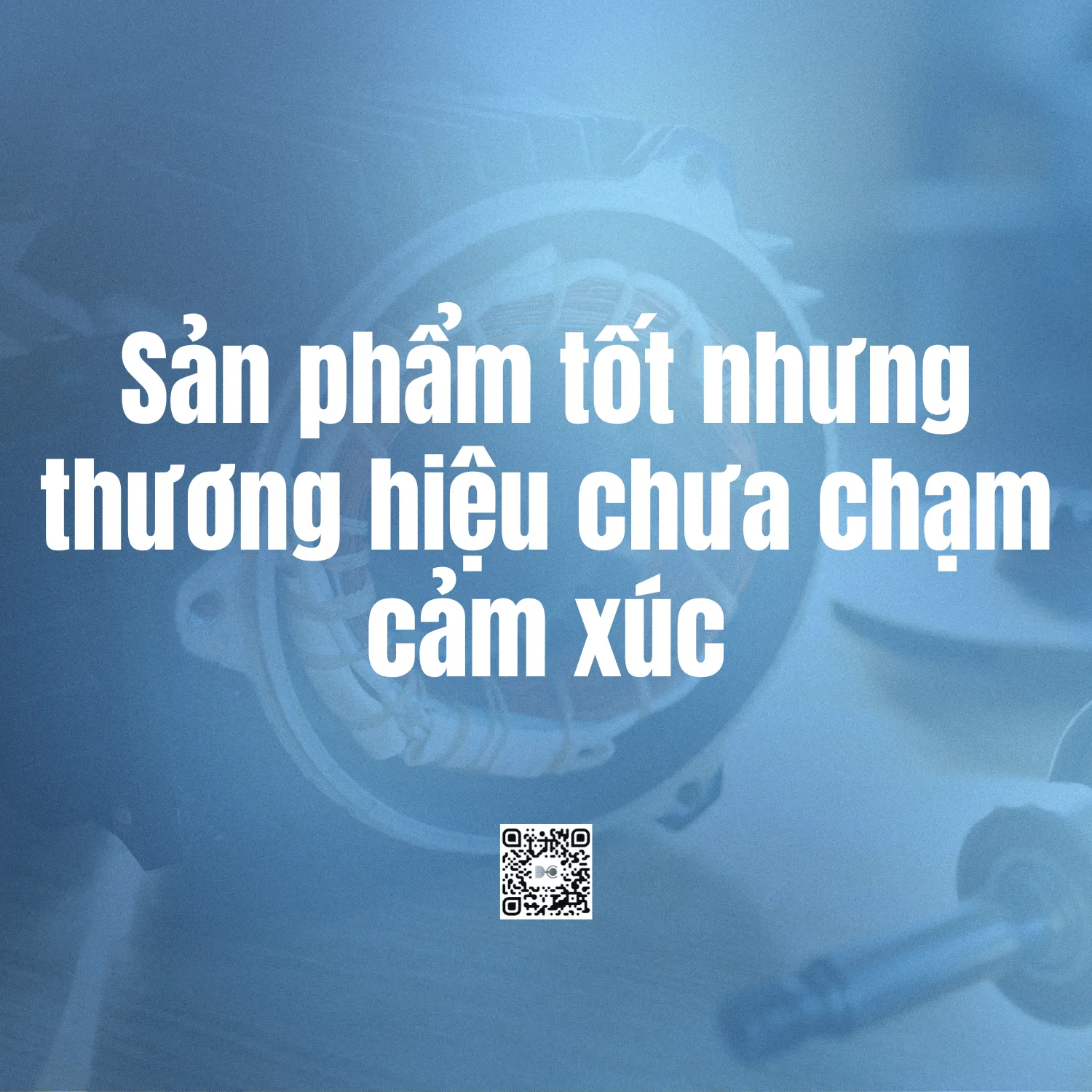
High price, hard to compete
His products are made according to export standards, so the cost is high. When adding marketing and distribution costs, the selling price is hard to compete with cheap domestic products or “hand-carried” imported goods.
He used to think: “Vietnamese people will also pay for high quality”, but in reality, that is only true for a small group of customers. To expand the market, he was forced to think of ways to optimize costs or launch a separate product line for domestic use.

“Forest” of distribution channels and rising costs
Exporting only requires working with a few big customers. But selling domestically, he has to approach each supermarket, each agent, each online channel. Each place requires discounts, display fees, promotional programs… Not to mention the need for sales staff, delivery, customer care.
He recalculated and found that the market cost was sometimes higher than the production cost.
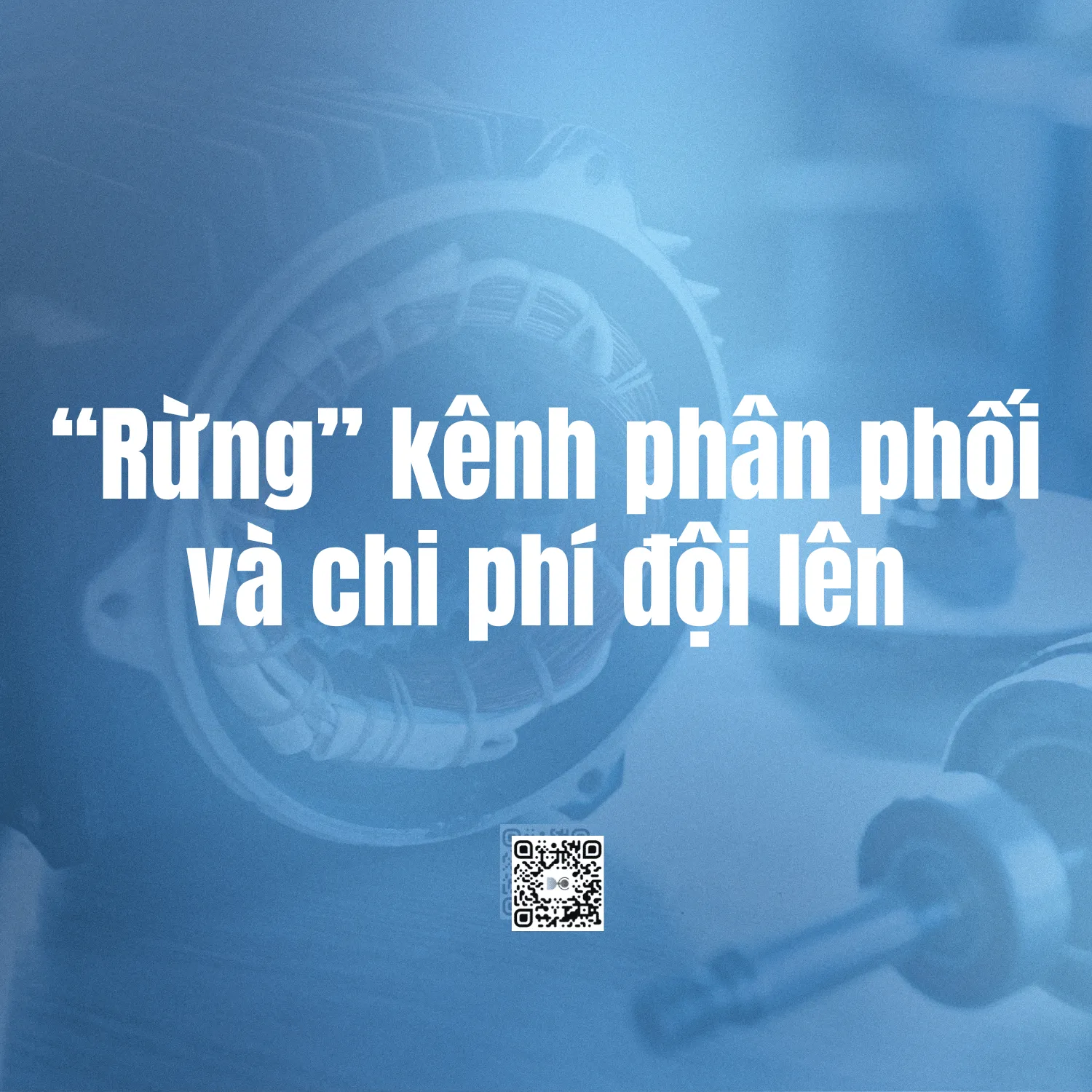
No marketing team
His company was strong in production, but had almost no professional marketing or sales department. When he started selling his own brand, he realized that he lacked people who knew how to research the market, implement communication campaigns, and do e-commerce.
Without people, he had to do it himself, which was both time-consuming and ineffective.
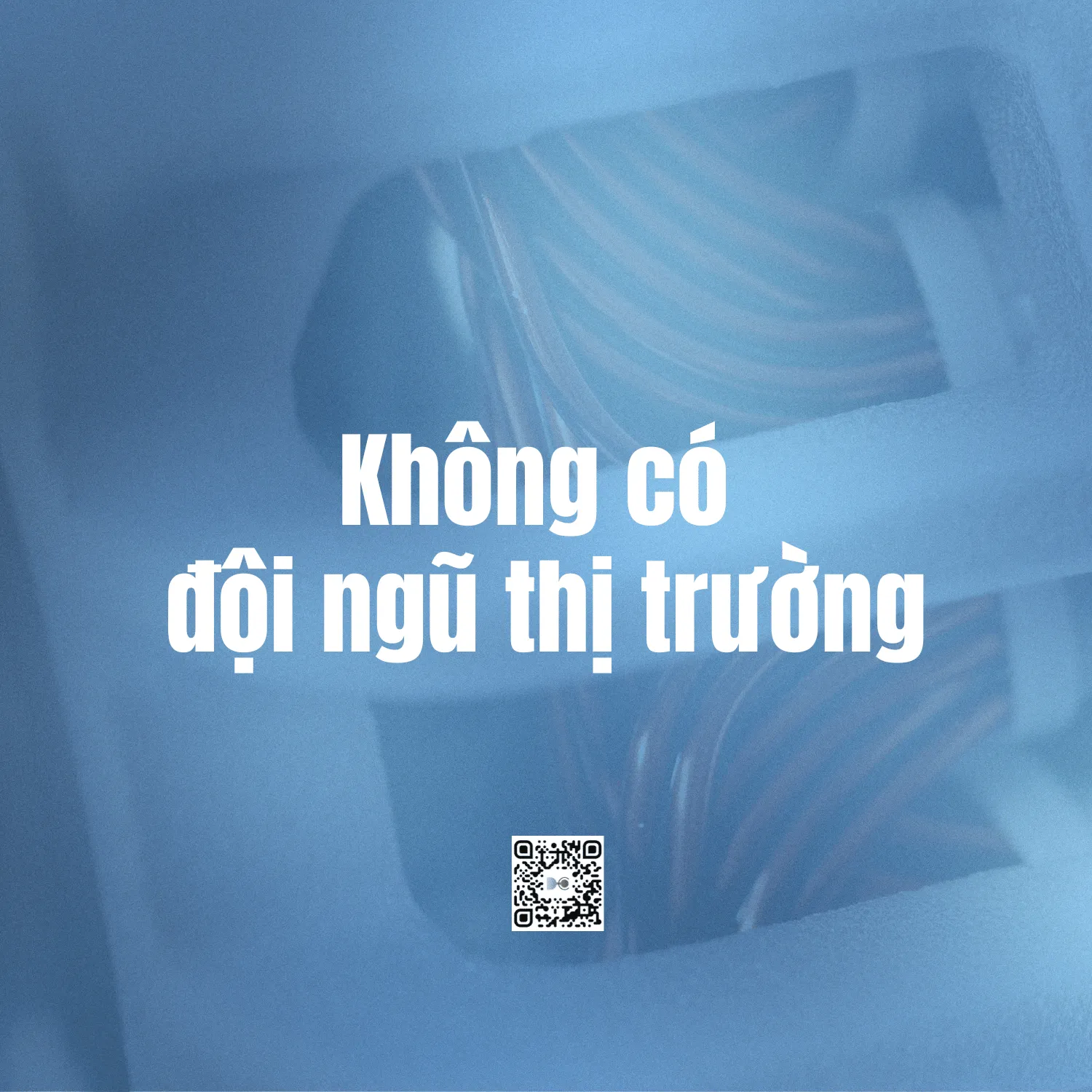
Consumer psychological barriers
One thing that worries Mr. Hung is that many Vietnamese customers still prefer foreign brands, even though his products are the same ones they used to buy – but with international logos. Building trust with Vietnamese consumers is a long journey, requiring patience and a methodical strategy.
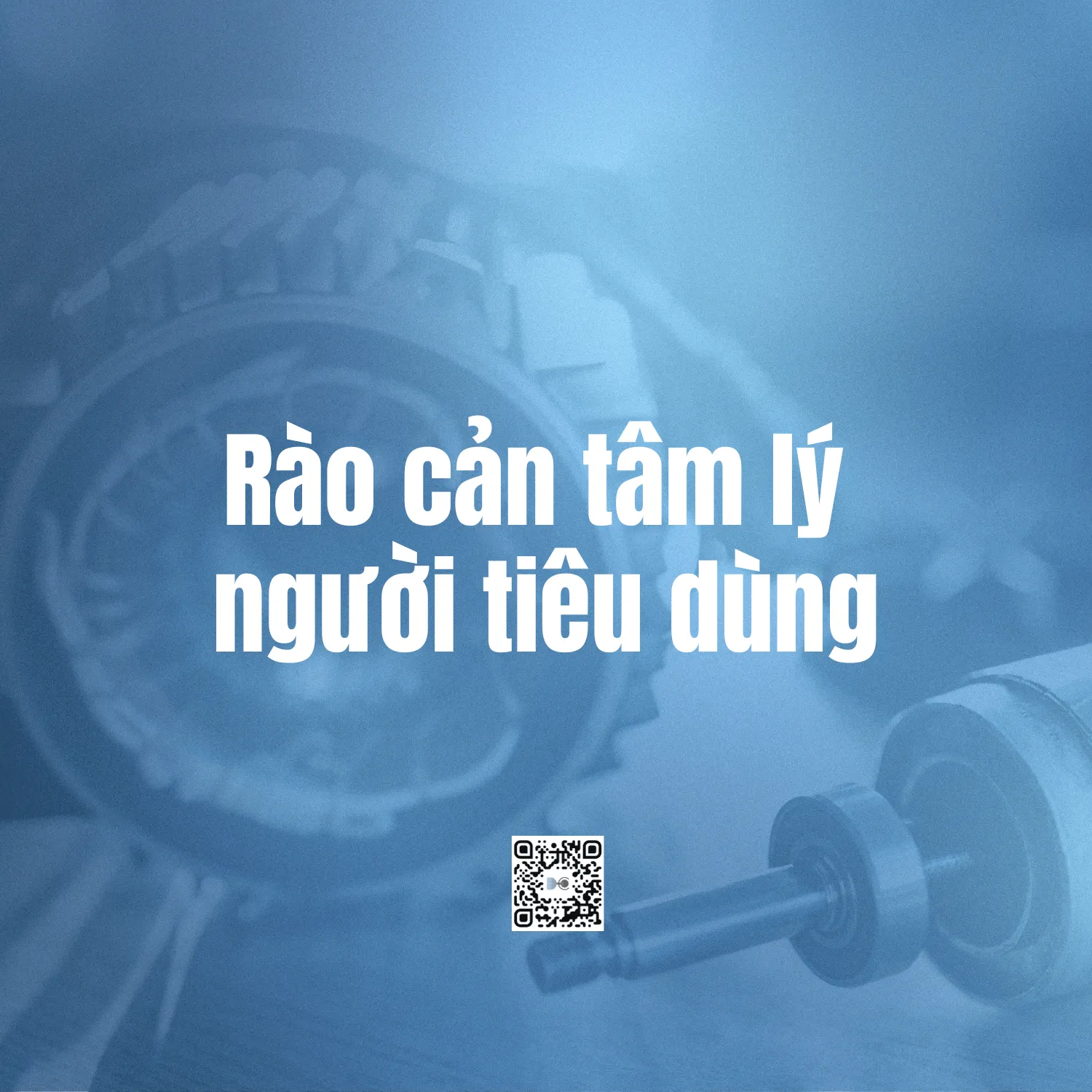
Still a dream
Despite many failures, Mr. Hung has not given up on his dream of a Vietnamese brand. “Being an OEM can support a company, but it cannot support a dream. Only when you have your own brand can you truly control the value of the product,” he said.
Now, he spends a portion of the profits from processing orders to test packaging improvements, find marketing partners, and research the Vietnamese market more thoroughly. He believes that one day, products bearing his name will have a place in his homeland.
In conclusion:
Mr. Hung’s story is also the common story of many Vietnamese OEM factory owners. We have international production capacity, but to succeed in the domestic market, we need more market thinking, brand strategy and the right team. Only when we overcome these barriers can the dream of “Vietnamese brand with international standards” come true.



